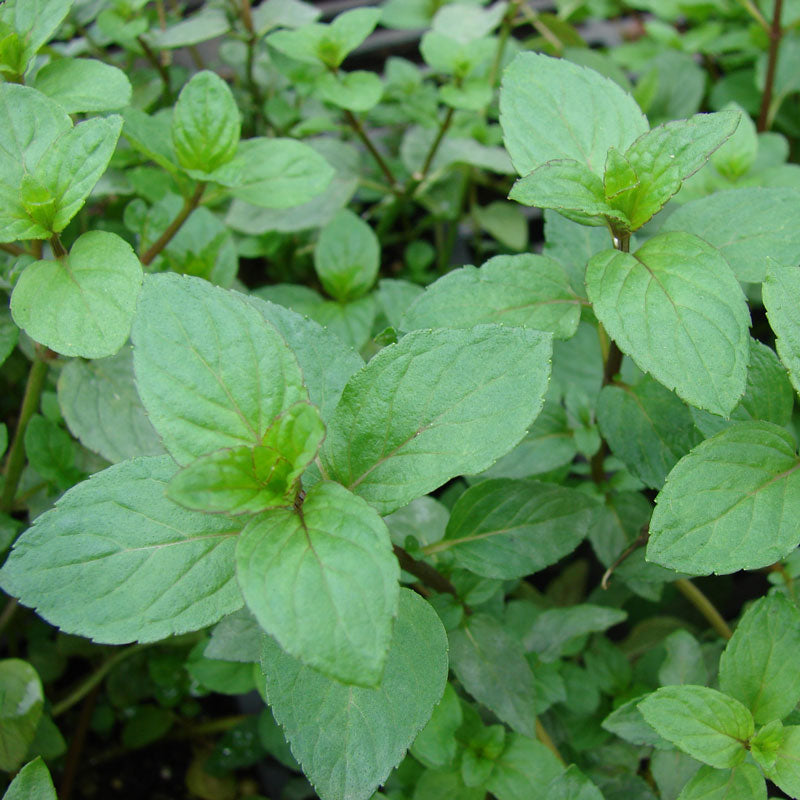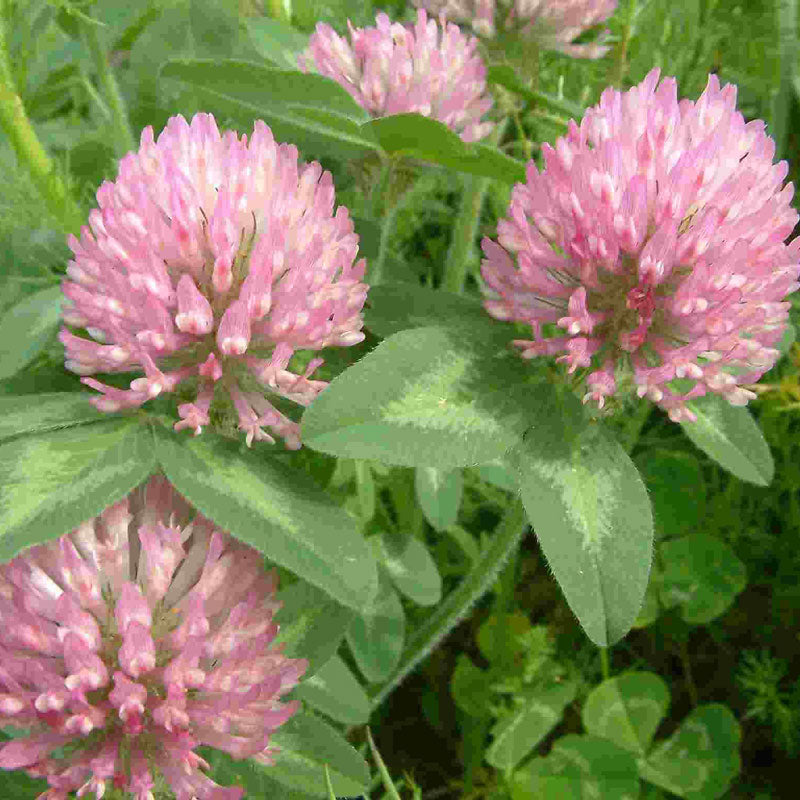

Peppermint (Mentha piperita)
- $14.00 CAD
- $14.00 CAD
- Unit price
- per
50g, 100g, 250g
Couldn't load pickup availability
Parts used: Leaves and oil
Properties
Antibacterial, anti-inflammatory, antispasmodic, aromatic, carminative, diaphoretic, rubefacient, stimulant
Primary nutrients
Copper, iodine, inositol, iron, magnesium, niacin, potassium, silicon, sulfur, vitamins A and C
Peppermint leaf is one of the great herbal remedies and useful to have around the house. It is easy to grow, either in the garden or the home. It contains a warming oil that is effective as a nerve stimulant. The oil aids in increasing oxygen in the blood and works to clean and strengthen the entire body. Peppermint works as a sedative on the stomach. It has been found to contain properties that stimulate the flow of bile and help settle the stomach after vomiting. It is beneficial for nausea, chills, colic, fevers, gas and diarrhea. It has a cleansing, soothing and relaxing effect on the body. Herbalists have long recommended peppermint for digestive problems. It is also used for convulsions in infants, to increase respiration, for colds and to strengthen the entire body.
Research has found numerous volatile oils in peppermint that possess antibacterial activity. The oil of peppermint is also thought to soothe gastrointestinal contractions and help relieve gas. The volatile oils produce relaxation of the smooth muscles. This may help with conditions such as irritable bowel, abdominal pain and other gastrointestinal complaints.
Primary Applications
Appetite loss
Colds
Colic
Digestion
Fever
Gas
Headaches
Heartburn
Nausea
Nerves
Shock
Spasms, bowel
Vomiting
Secondary Applications
Chills
Cholera
Constipation
Convulsions
Cramps, stomach/uterine
Depression
Dizziness
Flu
Heart problems
Insomnia
Menstrual symptoms
Morning sickness
Motion sickness
Neuralgia
Shingles
Sores, mouth
Spasms, stomach
Throat, sore
50g, 100g, 250g
RELATED PRODUCTS
- Choosing a selection results in a full page refresh.



